Much of my time as a writer has been spent investigating and covering diasporic communities. Maybe I’ve placed such a significant emphasis on covering the topic due to my academic background, particularly in history and political science, where issues relating to our beautiful continent and its vast and intricate histories always seemed to strike more of a cord with me.
I adore shining a light on things diasporic communities do, and the manner they go about navigating the world but I can only ever cover diasporic communities as an outsider — looking in — a voice not looking to overshadow the incredible work done by communities relaying their lived experiences.
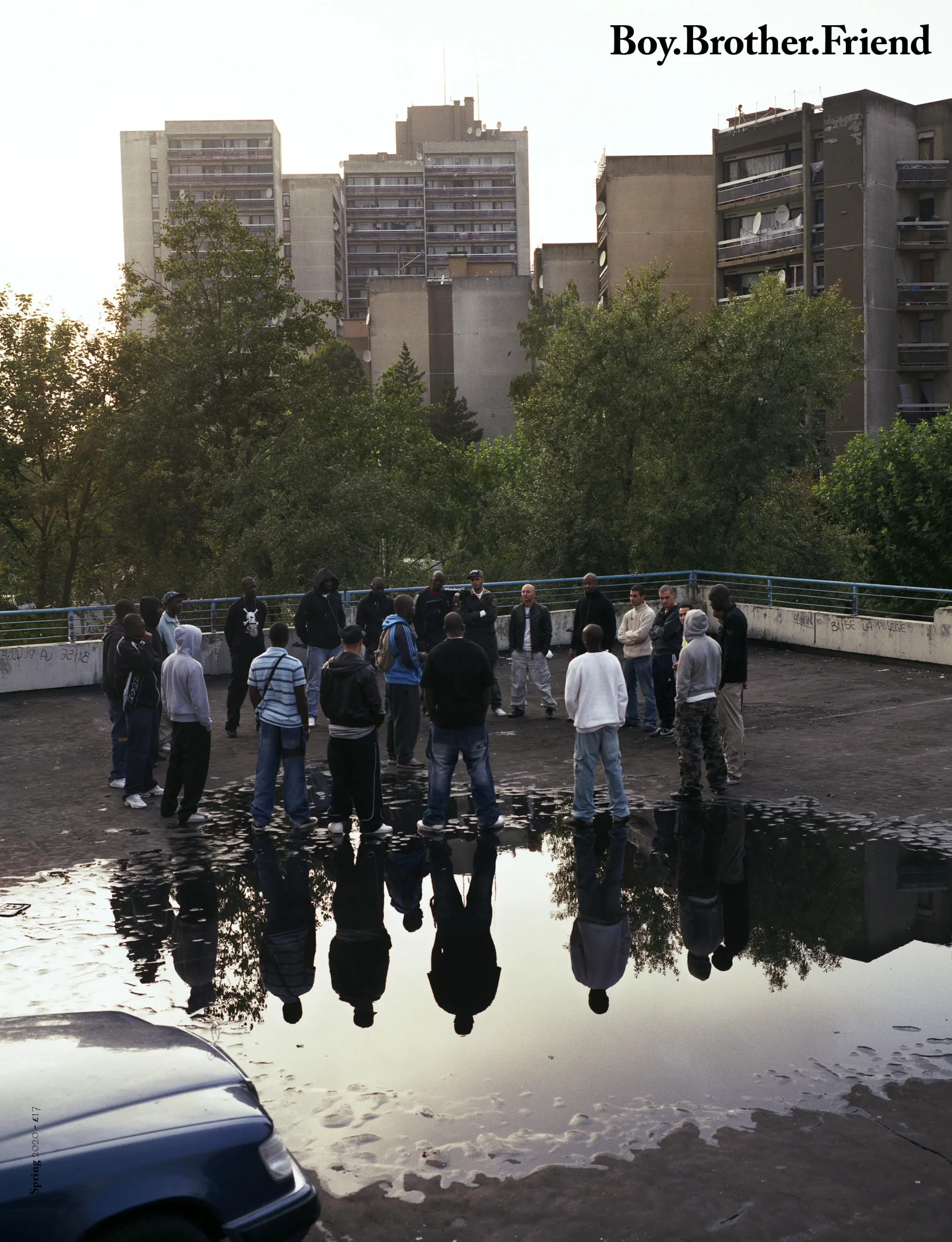
Art by Mohamed Bourouissa, Artwork Le Miroir, part of the series ‘Peripherique’

Photograph by Hendrik Schneider
There are multiple publications and individuals from around the globe doing absolutely breathtaking work covering their own respective diasporic communities, but today I want to focus on the visually stunning and mentally stimulating love letter, Boy.Brother.Friend.
The London-based physical and digital publication was founded by KK Obi and Emmanuel Balogun, launching their first issue amid uncertainty during the COVID-19 pandemic.
What started as a zine in association with NATAAL and LN-CC has now scaled into a fully-fledged biannual print publication that can boast one of the most jaw-dropping lists of contributors and four breathtaking tactile and thought-provoking issues.
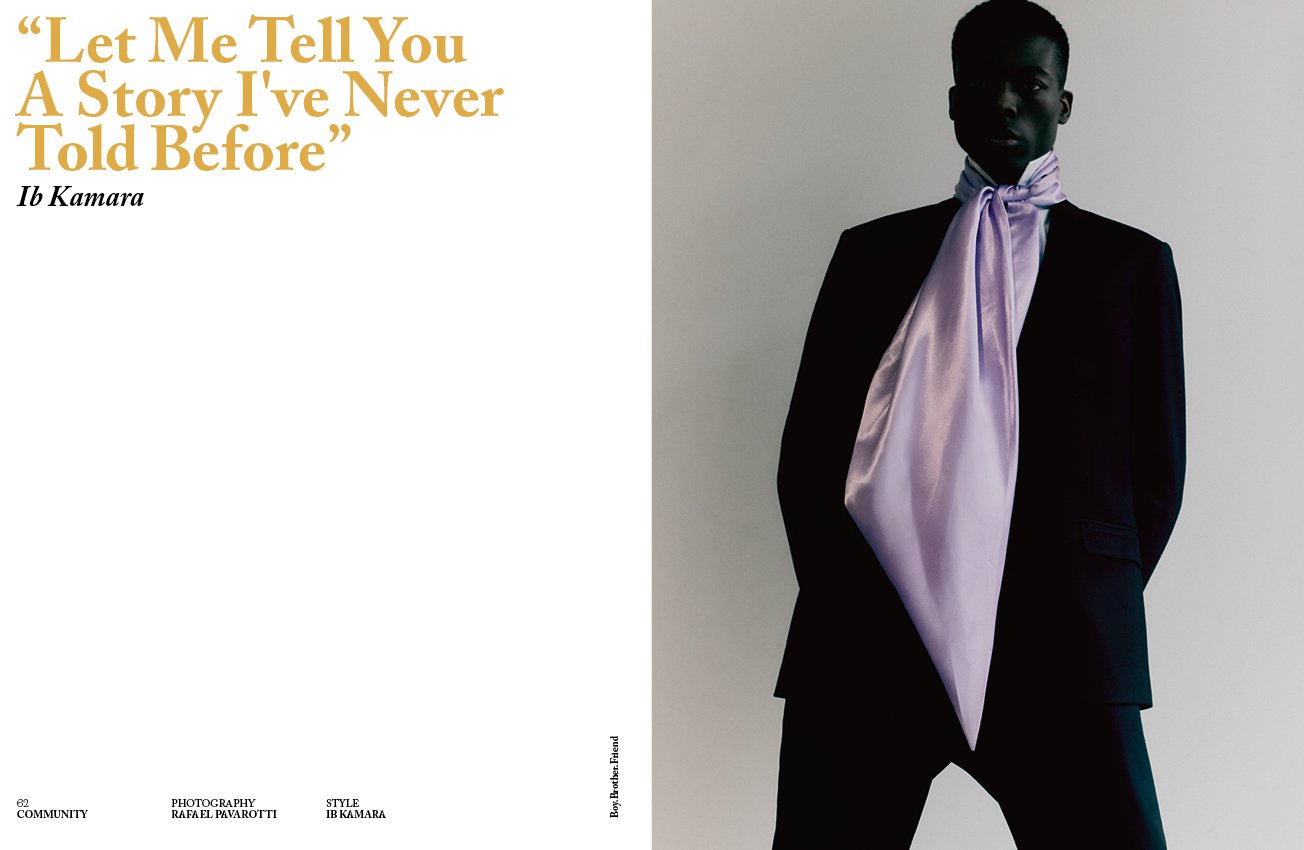
Now, Boy.Brother.Friend isn’t the first or last publication that will touch and look to represent the creativity and experiences of people made marginal. But, it is apparent in the manner in which the whole team is going about the publication that this project is not necessarily aimed at maximising profit margins. It’s not about commerce, but rather, it is rooted in the core of communities.
At its core, it’s celebratory but it also doesn’t shy away from being critical, exploring themes that some may feel are confrontational but with an almost unprecedented air of care and compassion. It is here where the true power of communities representing their own lived experience really shines.
Creative Director and Co-Founder, KK shares in an interview with office, “There are lots of platforms out there, but they’re all afraid to have these serious conversations about the things that are affecting certain communities. We wanted a space where we could actually be critical, and be critical of ourselves.”
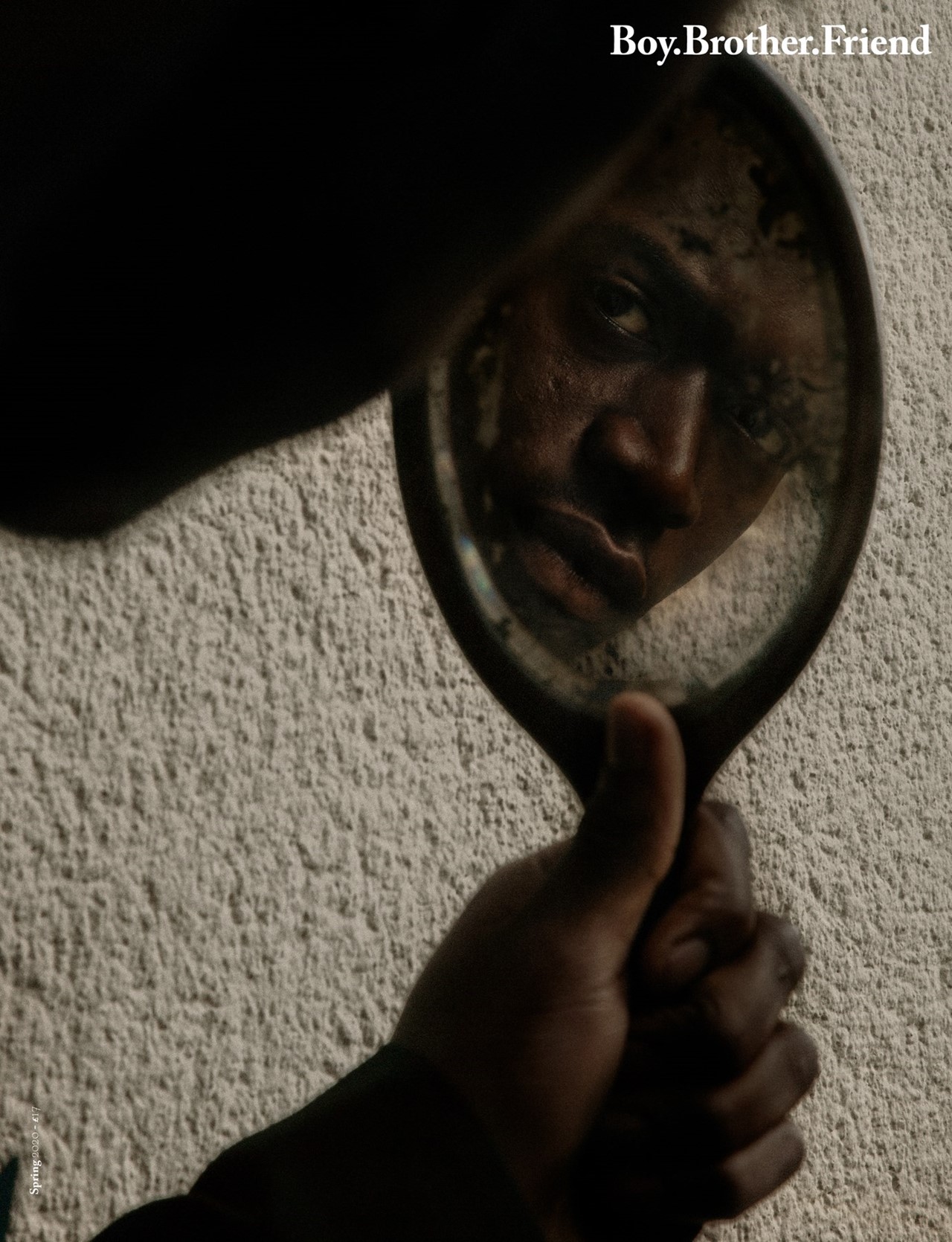
Photograph by Alexander Ingham Brooke

Photograph by Hendrik Schneider
I do, however, want to make it clear that it is not the publication’s mission statement to lambast and chastise the very communities they are trying to represent. But the work created and so carefully curated by Boy.Brother.Friend strikes such a cord because there is always an element of truth associated, truths that are sometimes hard to deal with.
The product of this is a multicultural and multidisciplinary masterclass into intersectional explorations around identity.
A myriad of poems, essays, theories, artworks and interviews all seek to create a space where readers can genuinely explore a sense of self, as KK mentions in an interview with It’s Nice That. “It’s important that they feel as though they are seeing themselves within the subjects explored,”
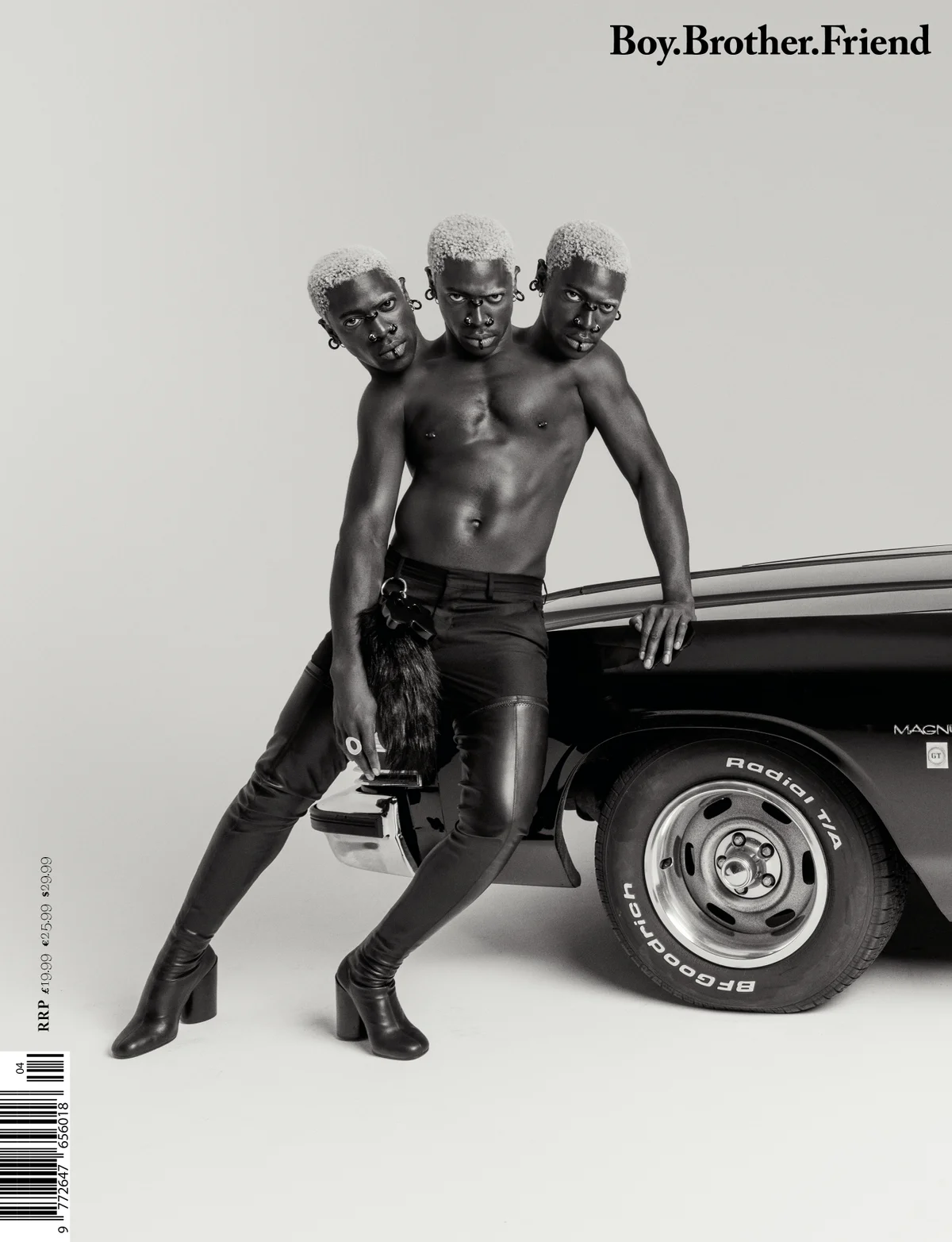
Photograph by Inez Van Lamsweerde & Vinoodh Matadin
I feel like so much care, and consideration is placed into this project. A concerted effort to not fall into the traps that many western publication practice when covering the diaspora. It’s not a flavour of the month kind of deal, it’s not coverage for clout or because of a guilty conscience.
The fact that the publication is purposefully produced as a predominantly print publication also speaks to this. There’s a tactility, a commitment to archive and document in the same manner seminal publications did in the past. With publications like Boy.Brother.Friend we get to see the voices of people creating their own narratives and telling their own stories.
As Balogun mentions:
People of African descent or of the diaspora are communicated and spoken about in terms of the need to develop. When you’re talking about Africa there’s always this constant conversation about ‘Where it needs to be,’ not where it is. And in fashion, there’s not much conversation about Africa until recently. So we thought it was important for us to create something that was physical, that would be logged in history in a library, something that younger generations could find.

Photograph by Jacob Quaye Mensah
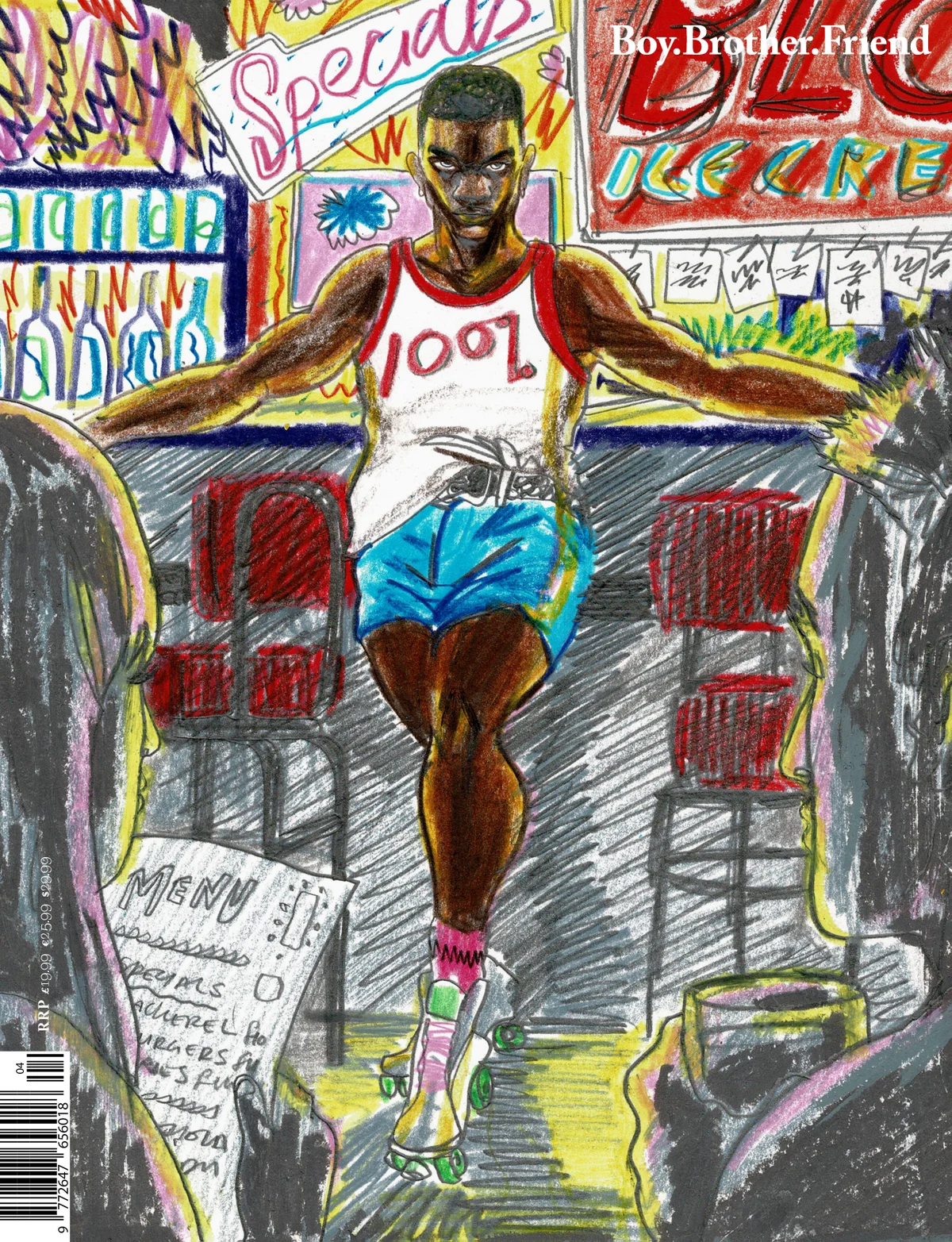
Illustration by Alex Mein
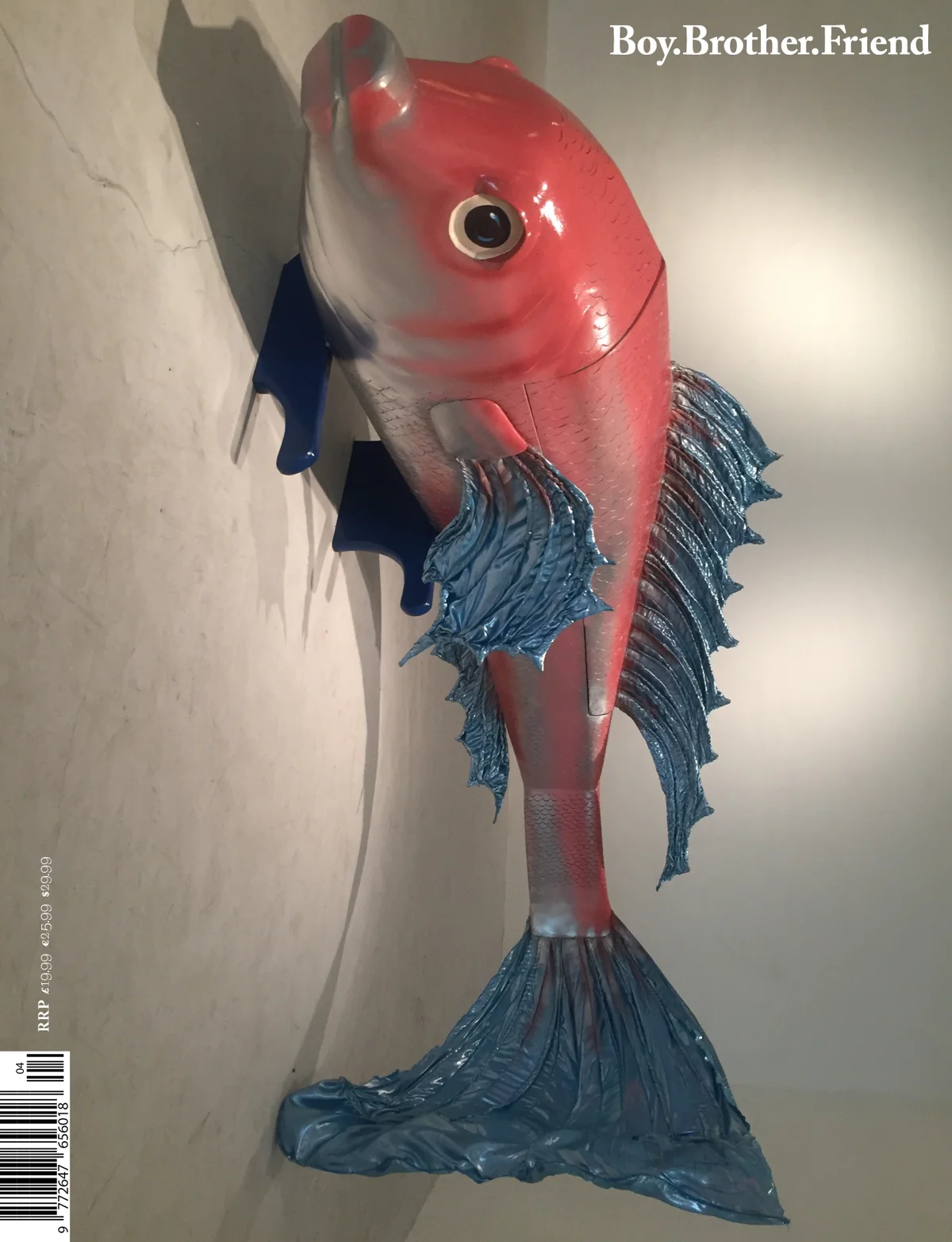
Artwork by Paa Joe



















































